Adventures in the Outback: Exploring Australias Wilderness
Recently updated on January 17, 2025
Total words: 2178
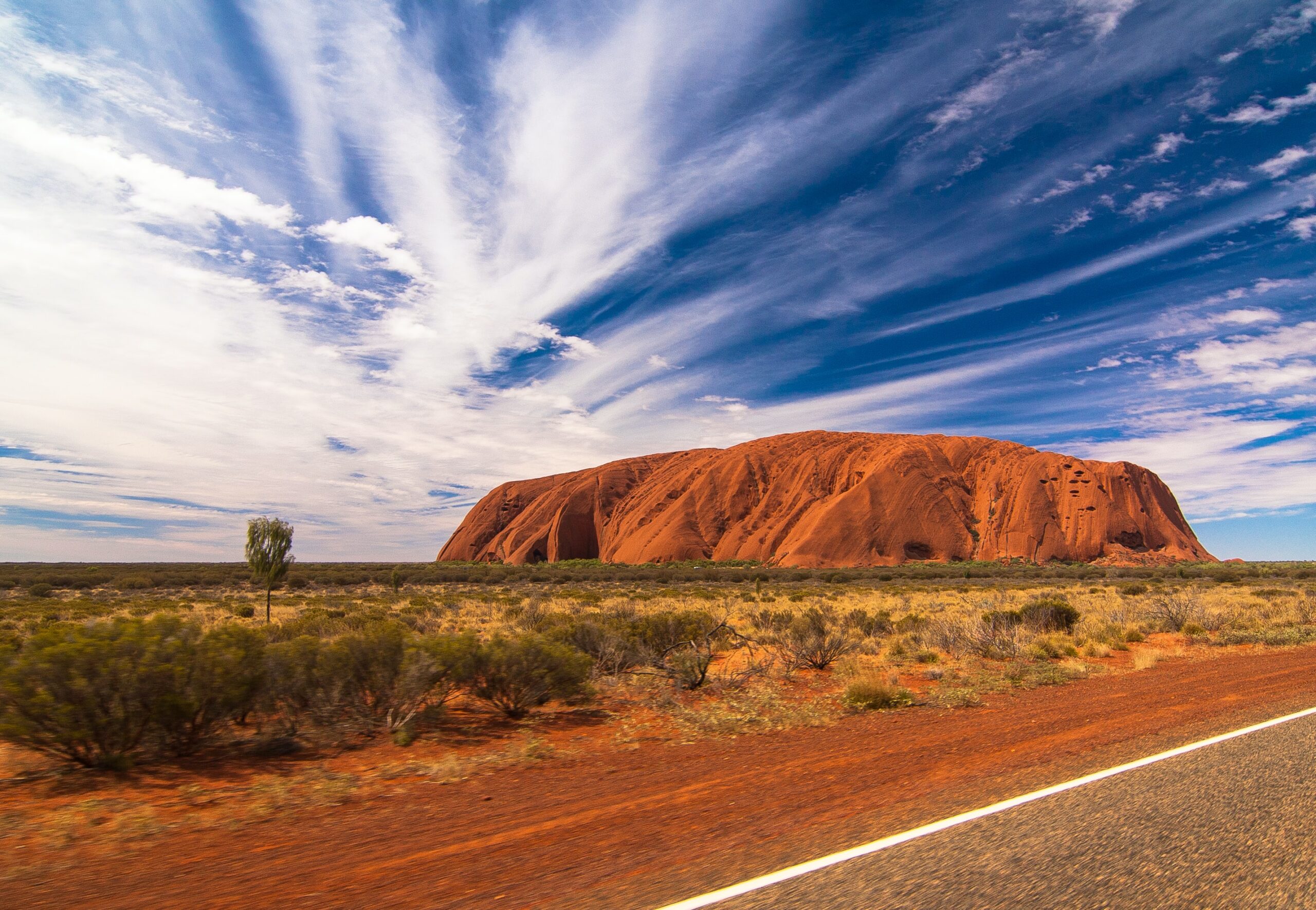
Table Of Content
- Introduction to Australias Outback
- Wildlife in the Outback
- The History of the Outback
- Exploring the Outback
Introduction
Welcome to Adventures in the Outback! Have you ever wanted to explore the stunning wilderness of Australia? Well, now you can! In this article, you’ll get a glimpse of some of the incredible sights and experiences that await you in Australia’s Outback.
Introduction to Australia’s Outback
Australia’s Outback is a vast area of the country that offers stunning landscapes, diverse wildlife, and a unique cultural experience. The Outback is a great destination for adventurers looking for a unique Australian experience. It is a vast wilderness area with incredible scenery, wildlife, and interesting activities to explore.
The Outback is a vast landscape filled with remote canyons, rocky escarpments, and vast open plains. It is a place of great beauty and adventure, with a unique Australian atmosphere. Many people visit the Outback to explore its diverse landscapes, wildlife, and culture.
The Outback is also home to some of Australia’s most iconic attractions including Uluru, Kata Tjuta, and Kings Canyon. These areas offer spectacular views of the desert landscape and provide visitors with an unforgettable experience of the Outback.
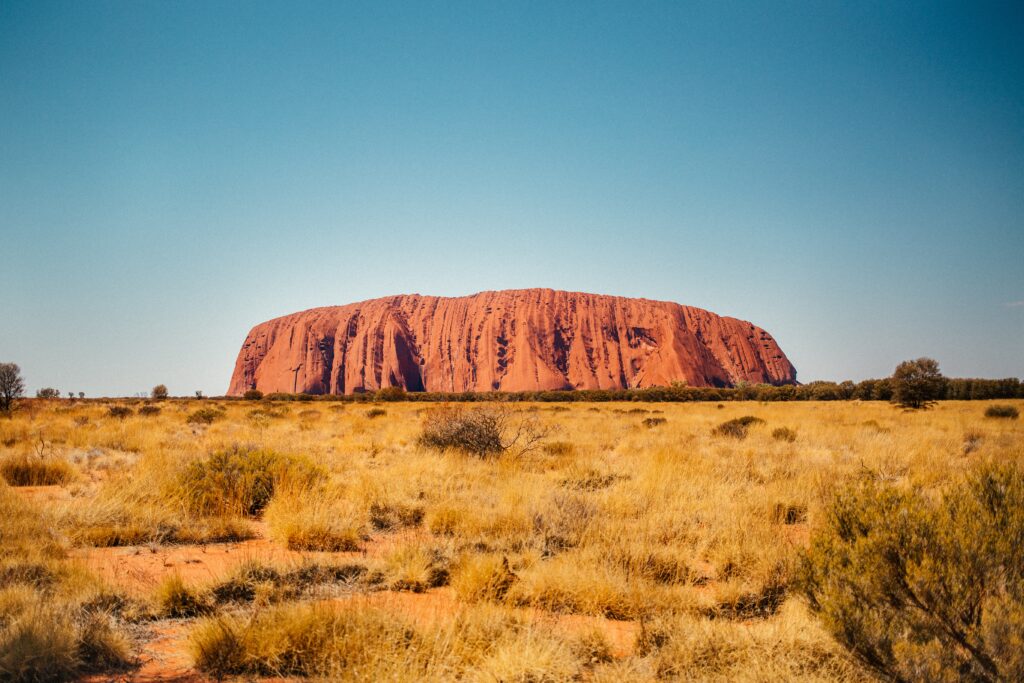
The Outback is also home to some of Australia’s most unique wildlife. There are many native animals in the Outback including kangaroos, dingoes, emus, and wallabies. Visitors can also spot some of Australia’s most iconic birds such as the emu, kookaburra, and galah.
The Outback is also home to a unique and vibrant Aboriginal culture. Visitors can learn about Aboriginal culture by visiting the many cultural sites in the Outback such as the Uluru, Kata Tjuta, and Kings Canyon. Here visitors can learn about traditional Aboriginal customs, art, and cuisine.
The Outback is an exciting and unique destination for adventurers and nature lovers alike. It is a vast wilderness area filled with stunning landscapes, interesting wildlife, and vibrant Aboriginal culture. Exploring the Outback can provide visitors with an unforgettable Australian experience.
Wildlife in the Outback
Exploring Australia’s Outback is an absolutely breathtaking experience. The incredible sights and sounds of the wilderness is something you won’t forget in a hurry. But one of the most thrilling experiences in the Outback is being able to observe the abundant wildlife that calls this remote area home.
Kangaroos
Kangaroos are perhaps the most recognisable of all the animals in the Outback. Found mostly in open woodlands and grasslands, kangaroos are most active at night, which makes spotting them during the day quite difficult. They can be seen hopping around in groups, known as mobs, and can reach speeds of up to 40 kilometres an hour.
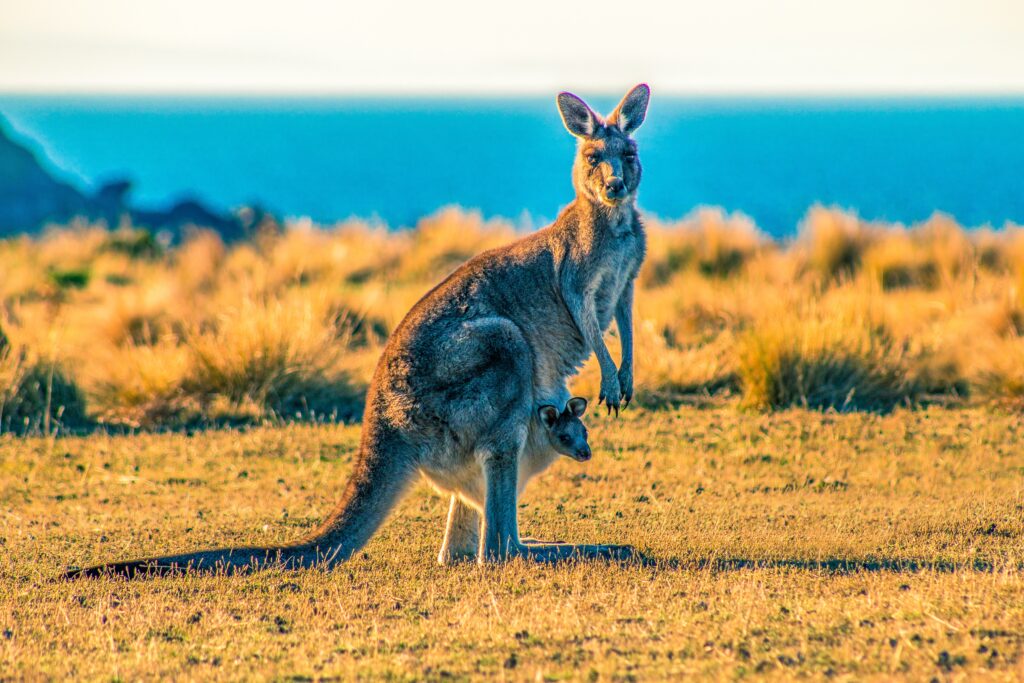
Emus
The emu is the second-largest bird in the world, and a native of the Outback. You can usually find them in open woodlands and grasslands, where they feed on insects, plants and small reptiles. They are also very fast, and can reach speeds of up to 50 kilometres an hour.
Wallabies
Wallabies are a smaller, more shy relative of the kangaroo. They are usually found in more sheltered areas, such as thickets and rocky outcrops. Wallabies have a unique ability to camouflage themselves, so they can be difficult to spot.
Echidnas
The echidna is a spiny anteater and one of the few mammals that lay eggs. They are usually found in woodland and grassland areas, where they feed on ants and termites. Echidnas can be quite difficult to spot, as they are very shy and tend to hide during the day.
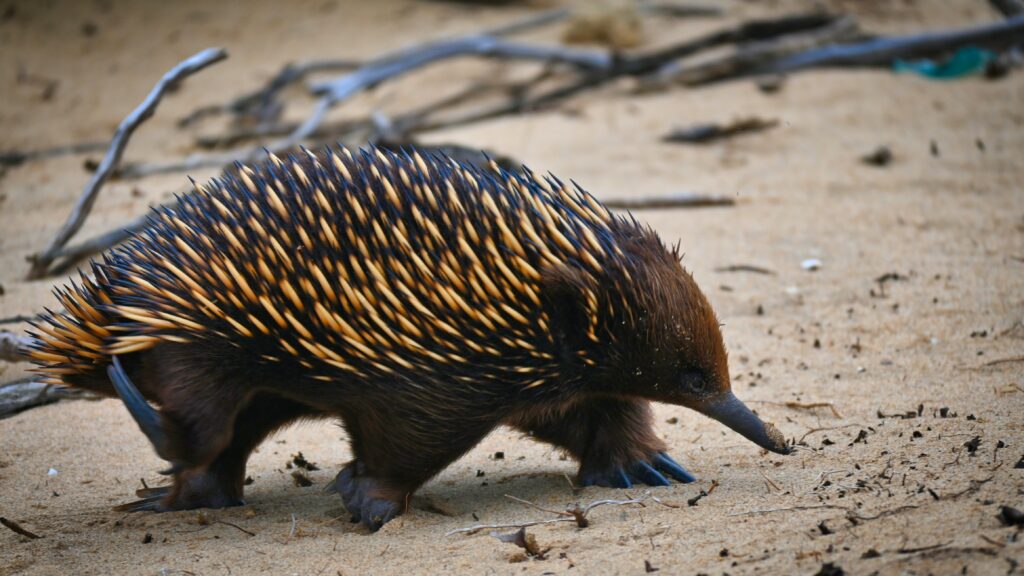
Reptiles
Reptiles are a common sight in the Outback, and include snakes, lizards and turtles. There are over 200 species of reptiles in Australia, so it’s always a treat to spot one in its natural habitat. It’s important to remember that most of these animals are venomous, so it’s best to keep your distance and admire them from afar.
Birds
The Outback is also home to many different species of birds, from parrots and cockatoos to raptors and honeyeaters. Birdwatching is a popular activity in the Outback, with over 800 species of birds recorded in Australia.
Exploring the Outback’s wildlife can be a thrilling experience, and an opportunity to discover some unique species. Whether you’re looking for kangaroos, emus, wallabies or reptiles, you’re sure to be amazed by the beauty and diversity of the Outback’s wildlife.
The History of the Outback
The Australian Outback has been a part of the nation’s culture for centuries, from the Aboriginal people who first inhabited the land, to the settlers who traversed and explored its vast and sometimes dangerous terrain. The Outback holds a special place in the hearts of Australians, especially those who have spent time in its wild and beautiful landscapes.
Exploration of the Outback
The Outback has been a source of exploration and adventure for centuries. In the 1800s, explorers such as John McDouall Stuart and Ludwig Leichardt ventured deep into the unknown, mapping the terrain and discovering new lands. These intrepid explorers were often the first Europeans to set foot in certain areas, and their stories have become a part of the nation’s history.
The Outback was also explored by drovers, who would lead large herds of cattle on long-distance treks through the harsh and unforgiving terrain. Drovers were often on the road for weeks or even months at a time, making their way through the Outback in search of new pastures.
The Importance of the Outback
The Outback has played an important role in the development of modern Australia. The mining industry has long been a major source of income for the country, with vast resources of coal, iron ore and other minerals being extracted from the land. The Outback has also provided a home for many farming communities, who have been able to make a living off the land for generations.

The Outback has also been a source of inspiration for many artists, writers and musicians. Its vast landscapes, harsh conditions and unique wildlife have been the subject of countless works of art, from paintings to songs. The Outback is also home to some of Australia’s most iconic animals, such as kangaroos, dingoes and emus.
The Future of the Outback
The Outback remains an important part of Australian culture, and its future is secure. The Australian government has taken steps to ensure that the Outback is protected and preserved for future generations, with the establishment of national parks and other conservation initiatives. The Outback is a unique and beautiful part of the world, and is sure to remain a source of intrigue and exploration for many years to come.
Exploring the Outback
Australias Outback is a vast, untamed wilderness that is home to some of the most spectacular scenery on the planet. From the rugged beauty of the Red Centre to the lush green wetlands of the Top End, the Outback is a wild and wonderful adventure waiting to be explored.
Getting There
The Outback is a vast area that spans the entire continent of Australia. Depending on where you’re starting from, the best way to get there is by car, plane, or train. For those looking for a longer journey, there is a range of road trip options available, from the rugged 4WD tracks of northern Queensland to the epic Gibb River Road in the Kimberley.
If you’re travelling by plane, there are plenty of flights available to major Outback towns like Alice Springs, Darwin, and Broome. Alternatively, hop on board the legendary Ghan train for an unforgettable journey through the heart of the Outback.
What to Do
The Outback is home to a wide variety of activities, from adrenaline-pumping adventure sports to relaxing sightseeing tours. For the thrill seekers, there’s everything from skydiving over Uluru to white water rafting in the tropics of the Northern Territory.
For those looking for a more sedate experience, there’s plenty of opportunities for wildlife spotting, fishing, and bushwalking. Popular tourist attractions include the Kakadu National Park and the Uluru-Kata Tjuta National Park, both of which offer stunning scenery and a variety of activities.
Accommodation
The Outback offers a range of accommodation options for all budgets, from basic camping sites to luxury resorts. For those who prefer to be closer to nature, there are plenty of camping grounds and caravan parks dotted throughout the region.
For a more luxurious experience, there are a number of high-end resorts and lodges, such as the world-famous Ayers Rock Resort in Uluru and the Kings Canyon Resort in the Red Centre.
Safety
Exploring the Outback can be an exciting and rewarding experience, but travellers should always be aware of potential safety risks. As with any remote area, it’s important to be aware of the dangers posed by extreme temperatures, flash flooding, and wild animals.
It’s also important to be prepared for any eventuality by packing plenty of supplies and making sure you have a reliable means of communication, such as a satellite phone or two-way radio. Travellers should also make sure to check local conditions before setting out and always let someone know their whereabouts.
Wrapping Up Adventures in the Outback
Exploring Australia’s Outback is an unforgettable experience. This vast region, which covers most of the continent, is a land of extremes. From the rugged mountains and rivers of the Northern Territory and Western Australia to the arid deserts of South Australia, the Outback presents an incredible variety of landscapes and wildlife.
For those who are willing to brave the wilds, the rewards are great. From the stunning beauty of Uluru to the unique wildlife of Kakadu National Park, there is no shortage of amazing sights and experiences to be had. The Outback is also home to some of Australia’s most unique and fascinating Aboriginal cultures, which can be explored through local tours and experiences.
Traveling through the Outback takes some planning and preparation, especially if you’re venturing off the beaten track. Make sure to research the area you’re visiting, as well as the best ways to stay safe and comfortable. It’s also important to respect the environment and the local communities, and to leave no trace of your visit.
Whether you’re planning a camping trip, a four-wheel-drive excursion, or just a day out in the sun, the Outback has something for everyone. So get out there and explore the wilds of Australia’s vast Outback!
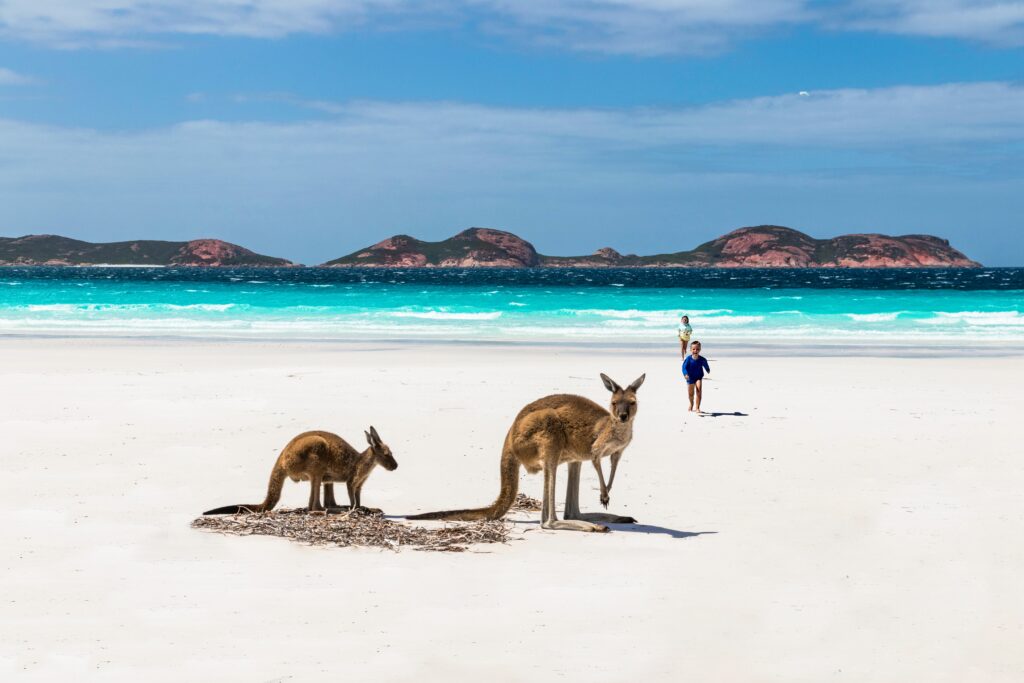
Conclusion
Overall, Adventures in the Outback was an incredible experience. It was such a unique and special way to explore and appreciate the beauty of Australia’s wilderness. Whether you’re a nature enthusiast or an adventure seeker, the Outback is a great place to explore and discover the hidden gems of the Australian landscape. So don’t be afraid to start your own adventure in the Outback – you won’t regret it!
1. What are the must-visit destinations in the Australian Outback?
Australia’s Outback is vast and diverse, offering a range of must-visit destinations. Uluru, Kata Tjuta, Kings Canyon, Kakadu National Park, and the Kimberley region are some of the top spots known for their stunning landscapes, rich cultural heritage, and unique wildlife.
2. How can I best prepare for a trip to the Australian Outback?
When preparing for a trip to the Australian Outback, it’s essential to pack plenty of water, sunscreen, insect repellent, sturdy walking shoes, and lightweight, breathable clothing. Additionally, familiarize yourself with the area’s weather conditions, wildlife, and any necessary permits or entry fees.
3. What wildlife can be spotted in the Australian Outback?
The Australian Outback is teeming with unique wildlife, including kangaroos, wallabies, emus, dingoes, koalas, and a variety of bird species. Visitors may also encounter reptiles such as snakes and lizards, as well as the iconic red kangaroo, which is the largest marsupial in the world.
4. What are the best outdoor activities to enjoy in the Australian Outback?
Outdoor enthusiasts will find plenty of activities to enjoy in the Australian Outback, including hiking, camping, bird watching, star gazing, camel riding, and exploring ancient rock art sites. Adventurous travelers can also try their hand at 4WD tours, hot air ballooning, or even scenic helicopter flights.
5. How can I respectfully engage with Indigenous culture while exploring the Australian Outback?
Respecting and honoring Indigenous culture is essential when exploring the Australian Outback. Visitors can participate in guided tours led by Indigenous guides, learn about Dreamtime stories and traditional land management practices, support local Indigenous-owned businesses, and always seek permission before accessing sacred sites or using traditional knowledge.